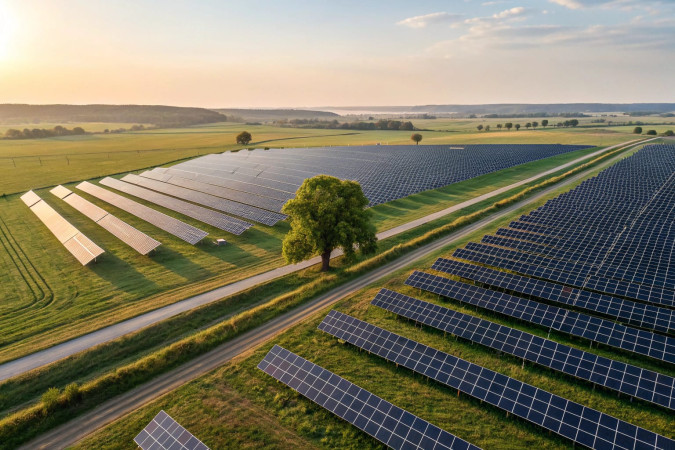
Follow India Renewable Energy News on WhatsApp for exclusive updates on clean energy news and insights
Sharavathy Pumped Storage Project Faces Opposition Over Environmental Concerns
Mar 18, 2025
A major conflict is unfolding in Karnataka's Western Ghats, where environmental activists are opposing the ?8,000 crore Sharavathy pumped storage project due to its potential ecological impact. The Karnataka Power Corporation is developing the 2,000 MW project across Shivamogga and Uttara Kannada districts, but it has yet to receive forest and wildlife clearances. Despite this, the state government has begun land acquisition, sparking protests.
Key Environmental Concerns:
- The project area is a biodiversity hotspot and home to the critically endangered Lion-Tailed Macaque (LTM), with only 750 individuals left in the region.
- It requires 153 hectares of land, including 70 acres within the core LTM habitat.
- Over 200,000 trees may be felled, potentially leading to habitat fragmentation and landslides.
- Roads, power lines, and tunneling activities may disturb local wildlife, including the Great Hornbill and other rare species.
Project Features & Government Stand:
- It involves an upper (Talakale) and lower (Gerusoppa) reservoir, an underground powerhouse, eight turbines, and four tunnels (2.2 km–3.5 km).
- The Central Electricity Authority (CEA) approved the project in 2024, and the government sees it as essential for renewable energy integration.
- Pumped storage technology is considered eco-friendly, providing grid stability by storing and releasing power on demand.
Activists argue that while pumped storage is a clean energy solution, the Sharavathy project poses serious ecological risks. A similar clash between biodiversity and renewables occurred in Rajasthan’s Great Indian Bustard (GIB) habitat, where the Supreme Court ruled that both clean energy and conservation must be balanced. A legal battle over the Sharavathy project now seems likely.